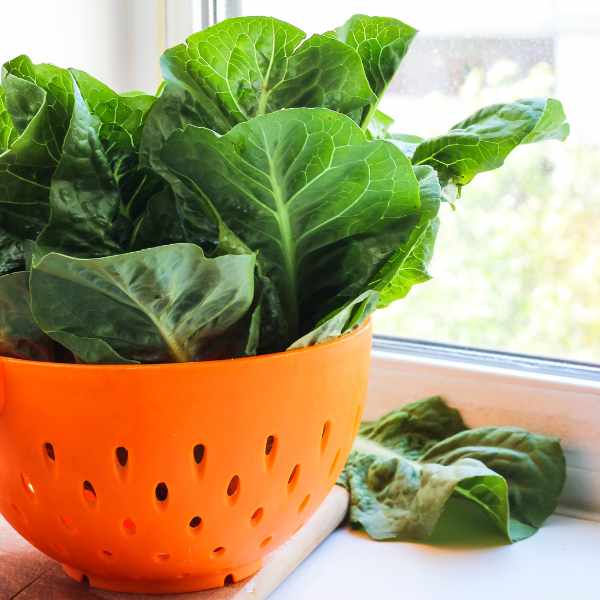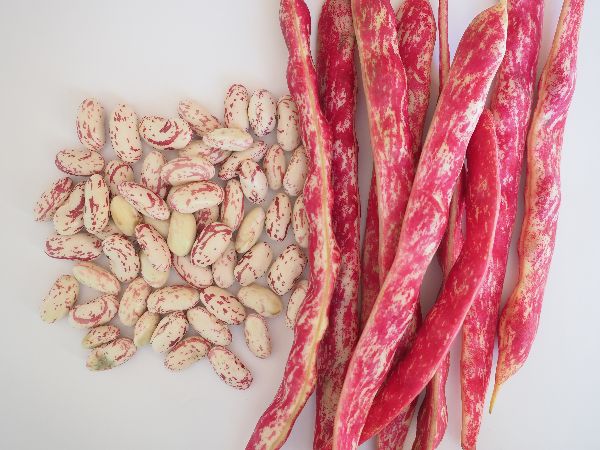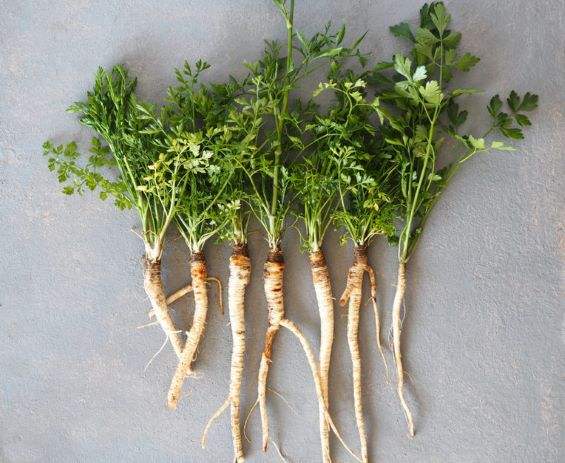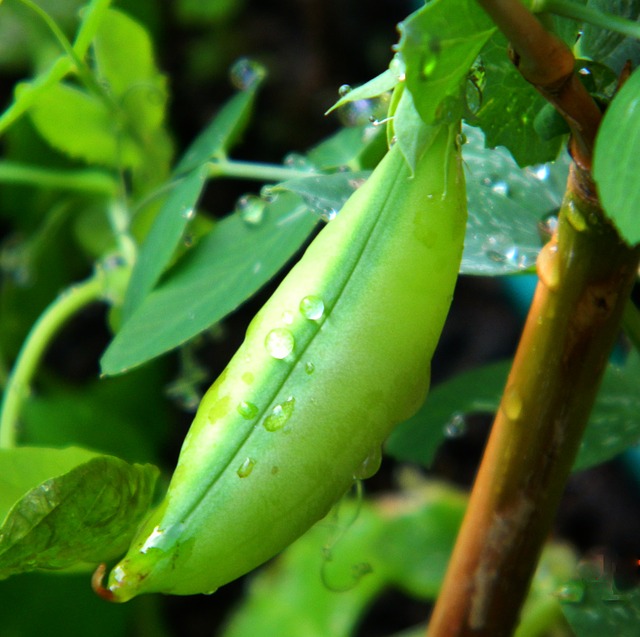Lettuce Begin

An essential ingredient in any salad, lettuce is an easy to grow kitchen staple. Suitable for gardens of all sizes, they can be planted in pots or garden beds. Adding a new row of seeds every couple of weeks will ensure a continuous supply of fresh leaves.
Cost of living increases have forced the price of lettuce to dizzying heights, so it is worth giving it a go. Growing your own is also a good way to up their nutritional value. Lettuce is one of the most commonly grown hydroponic vegetables which is is a method of growing plants without soil.
Research has shown that while lettuce grown in hydroponically has a higher yield, lettuce grown in soil produces a higher quality lettuce. This higher quality is evident in the nutrient content, taste, and even colour.
Nutrition and is one of my major motivators for growing my own food. Garden Stack has an easy to read comparison of the benefits of soil v hydroponics.
The three styles of Lettuce:
Head Lettuce. This is the least nutritious of the lettuces. They are pale green colour and look similar to cabbage because of their tightly packed leaves that form a head. Iceberg is a lettuce in this group.
Cos/Romaine Lettuce. These have a loaf-shape and dark outer leaves with a strong taste and crisp texture. The Romans grew this style of lettuce, which gives it the name “romaine.” Europeans also call it “cos lettuce” – named after the island Cos in Greece.
Loose Leaf Lettuce. Leaf lettuce is lettuce with leaves that form in a loose bunch rather than a tight head. They are a prefect to use as a cut and come again lettuce.
How to Grow Lettuce
Step 1 – Choose a position & prep the soil
Choose a spot in your garden that sits in full sun in the cooler months or dappled shade in the warmer months.
A soil enriched with compost and manure prior to planting is usually sufficient, but applications of seaweed solution during the seedling stage can increase root development, and tolerance to soil moisture fluctuations.
If growing in a pot, choose one that is at least 20 cm in diameter and fill with a quality potting mix.
Step 2 – Sow seeds
Lettuce seeds are very tiny and you only need to be sow them at a depth of 3 mm.
Don’t sow them any deeper, otherwise they won’t be able to grow.
Sow a few seeds directly into each planting hole and lightly cover with soil.
Step 3 – Mulch
Lettuce has a shallow root system which will suffer in high heat so mulching, once your seedlings have grown to a few centimeters, will help to conserve soil moisture.
Step 4 – Water
Water regularly to prevent the soil from drying out, which can cause lettuce to bolt (run to flower), or worse, become bitter.
Step 5 – Sow more seeds & pick leaves
Make successive sowings every few weeks to extend your harvest window and on the loose leaf lettuces, snip or pick outer leaves often to encourage more growth.
Lettuce know how you go. I would love to hear from you and don’t forget to check out our range of lettuce seeds here.




